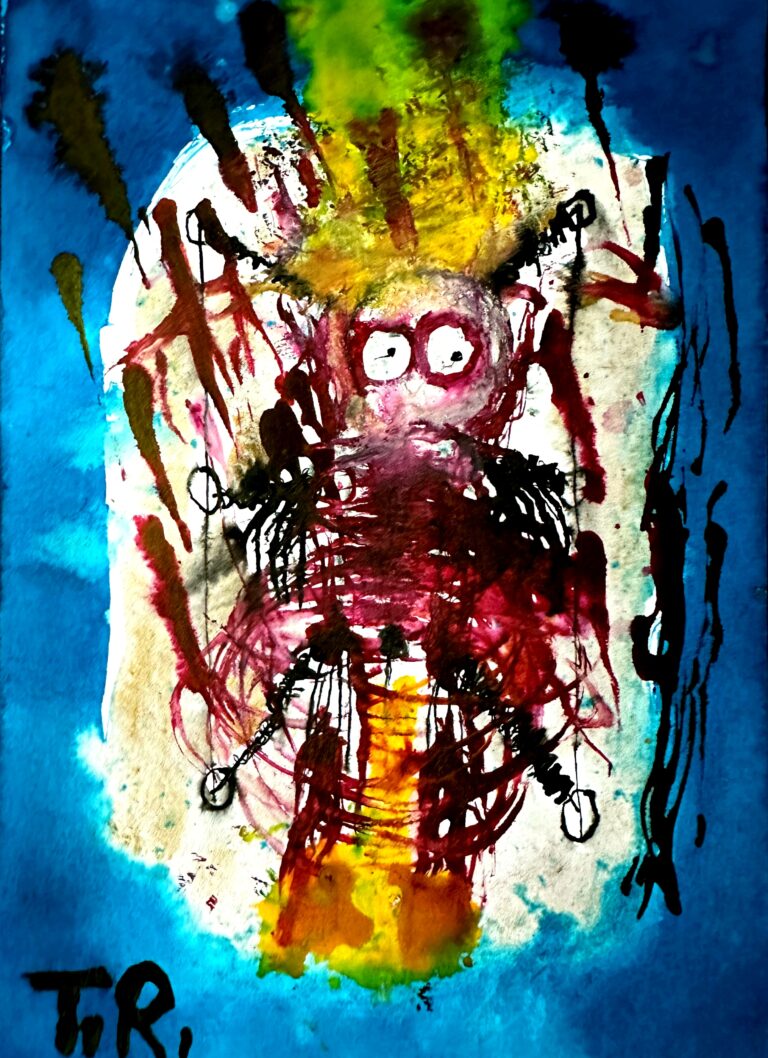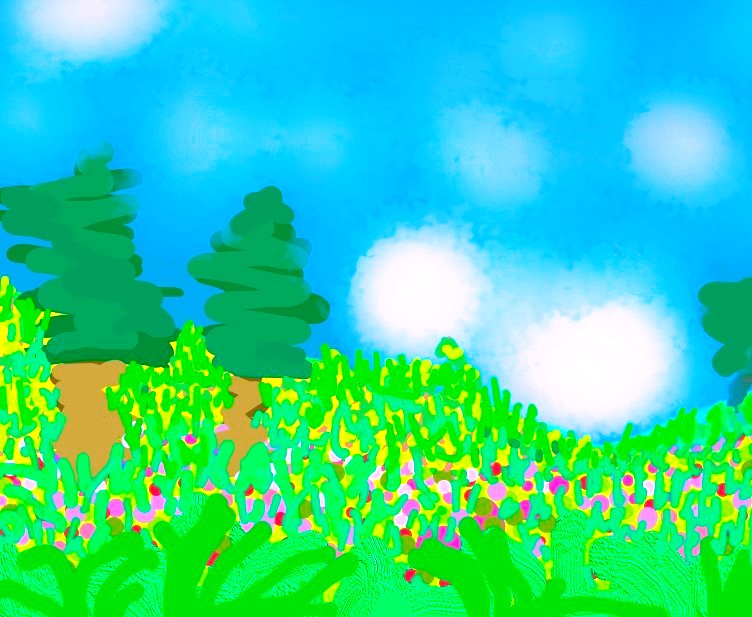Zach Mendoza – Featured Artist
The Thieving Magpie first became aware of the artist Zach Mendoza when it was setting up its office. As a...
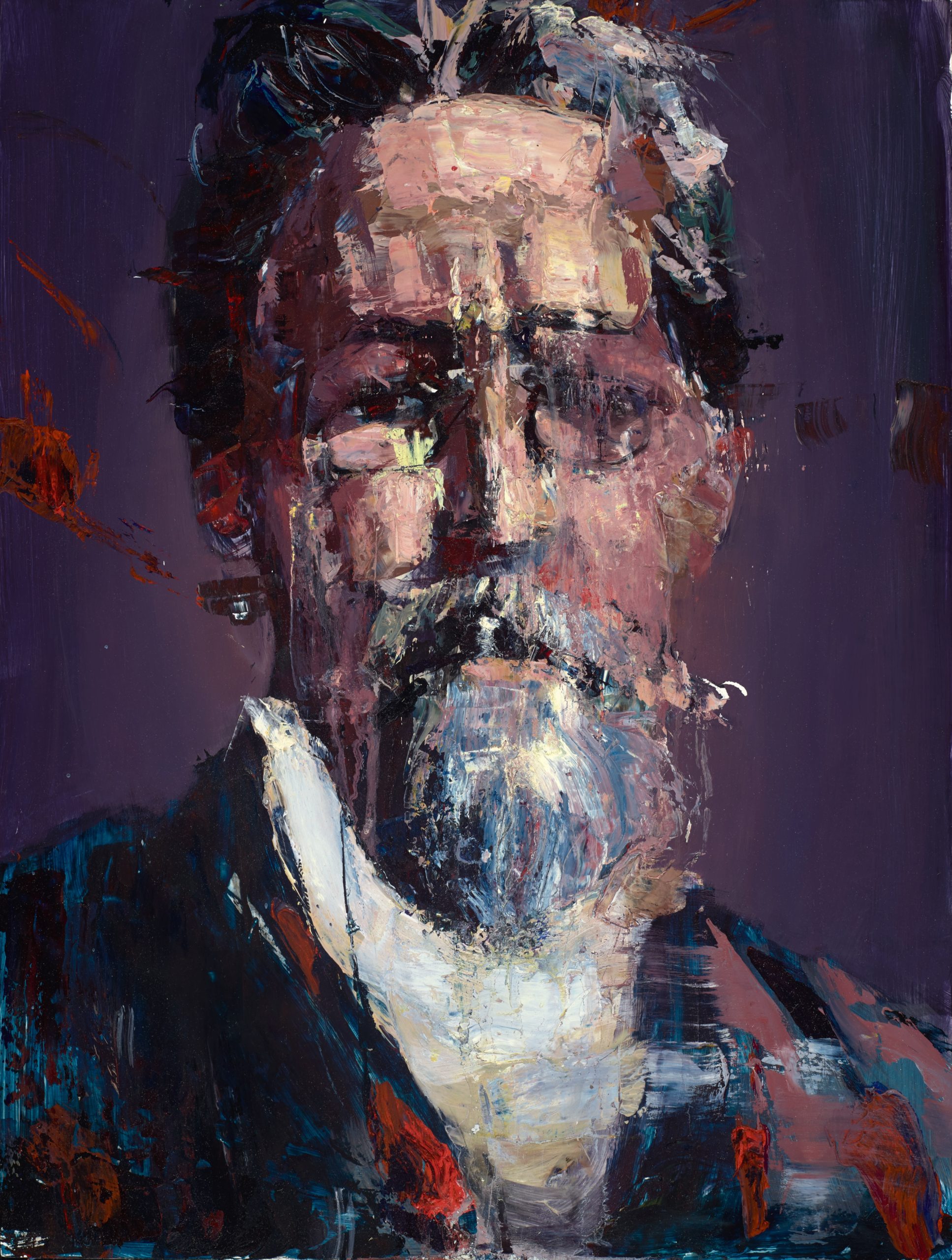
Thieving Magpie: When did you know you wanted to work as an artist?
Zach: Art has always been a part of my life, I can’t remember a time before drawing. As far as working as an artist, or pursuing a career in the arts, it was a decision that took me a while to commit to. It took me a long time before I could dispense with the doubts that surrounded that pursuit and I would say this decision was consciously made while in my second year of my first college.
Thieving Magpie: Where did you study art?
Zach: I graduated from Art Center College of Design, after transferring from Glendale College.
Thieving Magpie: Who were your earliest influences when you were starting out?
Zach: I think my earliest influences were the people whose work I gravitated to in art magazines. Hi-fructose and Juxtapoz were the two that I consumed the most and some of the artists in those publications that I enjoyed included Andrew Hem, Audrey Kawasaki, Kent Williams, Mark Ryden and others, many of whom are in some way affiliated with Art Center. This, of course, influenced my decision to attend that school. I was also very much interested early on in the work of Jenny Saville, a British figurative painter, Lisa Yuskavage and John Currin.
Thieving Magpie: What artists are influencing you now?
Zach: The greatness of the masters of the past becomes more and more apparent the more I revisit them. Goya, Bacon, Picasso, Manet, and many many more artists have paved the way for the contemporary greats I adore like Adrian Ghenie, Kerry James Marshall, Lucian Freud, Marlene Dumas and countless others. Too many, I guess. I love looking at art!
Thieving Magpie: Do you work actively with a community of artists, or do you have a community of artists that has developed organically?
Zach: Lately, I have been showing with a couple of artist’s collectives that have each sort of developed organically. Both primarily consist of people with whom I went to school.
Thieving Magpie: How did you come to work on the portraits of writers and musicians?
Zach: I love reading and I’ve always envied musicians in their ability to affect people more universally often than painters, sculptors or other visual artists may. Tolstoy thought of music as the most powerful form of art and called it “the shorthand of emotion”. Francis Bacon said that people are much more likely to be moved to tears from a song than from a painting. I feel, however, that painting has this power as well. I feel it myself when I view Bacon’s work, for example. I have been thinking a great deal about these different forms of expression and I think that has led me logically to exploring it with these works.
With writers, I really wanted to excavate a sort of psychological expression of something that one may not see in a grainy photo. Often the writers or artists I choose have been long dead and all I have to reassemble them is my limited knowledge of their biographies paired with my understanding of their work. I enjoy resurrecting them with these disparate parts into something that has not yet been seen. The smaller ones, I initially thought of more as an exercise at creating very small intimate and often cropped images of writers. Representational portraiture has a very long history and is fun to create but the larger, more impasto-ed and expressive ones are the ones that I think dig more at the raw, unfiltered ineffable characteristic that is underneath. At least I hope that this is the case, I find this place to work very exciting.
Thieving Magpie: Do you see any conflict or challenge between working as an Artist “for Art’s sake” and working as an Artist in a commercial setting?
Zach: The challenges are often great but I think that it is worth it to seek to merge the two whenever possible. Painting is something that is to be done regardless of external circumstances; it’s a necessary like brushing one’s teeth. Commercial work is great in that it keeps the studio lights on. Working in a professional illustration capacity comes with the demands of clients and often creative compromise but provides for growth and knowledge with one’s own practice, I think. I admire the comedian Louis C.K.’s willingness to learn and work in video editing when he was younger. Although this was not where his talents and interests were strongest, he put in time as such and was able to apply it to his comedic ventures later, to the point that in his show “Louis” he edited, directed, wrote and starred in it himself. James Jean, the illustrator, worked as a web designer after school, I believe, for a couple years. When his illustration and fine-art career took off, he used his knowledge of web design and analytics to see which pieces worked best and were getting the most views and I think he was able to hone his practice a little bit through that process and of course, he now has an incredible website to present his work. Whatever one is learning in a professional capacity can be used in personal practice.
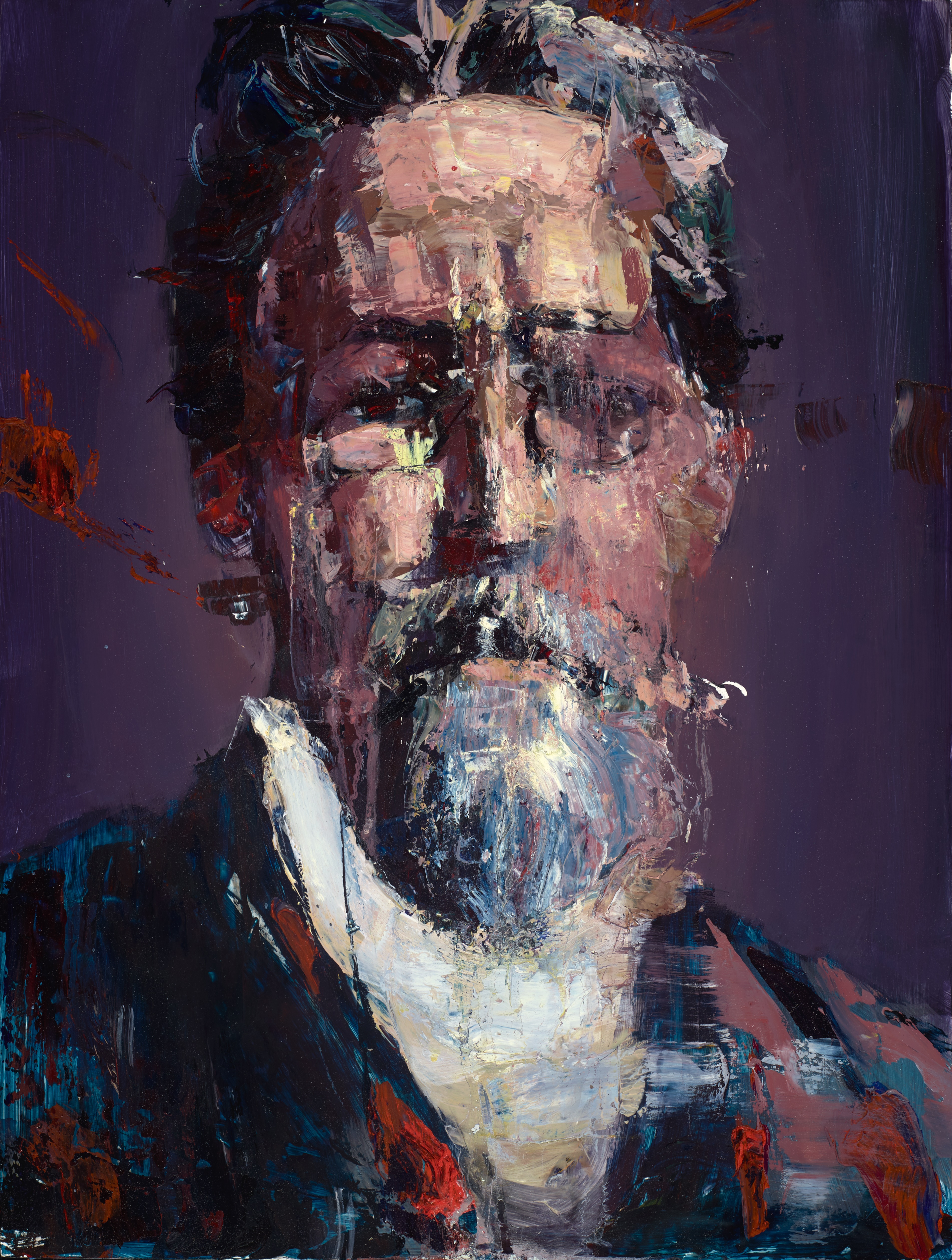
Thieving Magpie: What other art forms do you study or use as inspiration for your own work?
Zach: I’ve always been able to internalize art or information that moves me and retain it like a sponge. People I went to school with would often ask how I know or remember the name of an artist, a period in art history, or the name of a song or how I can recite an entire obscure poem. If I am affected by something it never escapes me and it doesn’t matter the type of art. I love music, visual art, of course, fiction, poetry and much more. My favorite poet is Philip Larkin and I’ve experienced his themes, words and creative philosophy seep into things that I am working on.
Thieving Magpie: Give us a peek into your daily routine.
Zach: My daily routine lately has been a bit chaotic. However, I generally take care of errands or assignments in the morning and paint through the afternoon and late hours of the night. I’m trying to change this so that I can contour my routine more to my wife’s schedule. I seem to be more nocturnal when it comes to producing work but I’ll paint whenever I can and try to do so every day if possible if only for an hour or so here and there. Days when I have more time, I can put in 10 or more hours on something. When my schedule is especially sporadic and I am unable to work on something I am in the middle of, I consider returning to the piece as a reward for the necessary work I am doing elsewhere.
Thieving Magpie: Do you have a process and if so, how did you develop it?
Zach: There are different ways that I have found to disrupt a process that I really enjoy. There is a certain level of order and expectations that go into planning a piece, but often the pieces that excite me are those that defy these preconceived notions of what they should become. They need enough room for the not-yet-known. Different types of painting also require different processes but generally, painting requires patience. I would say a consistent process involves some time in between layers of paint to adjust and react. A piece becoming compelling as an alla-prima seems very rare for me, although I’ve had a fluke piece or two that I thought worked after only one session. Usually it takes time. Space in between layers to reflect and change if needed is crucial. Sometimes I take a risk and ruin a piece but this is the price to be paid for experimenting, the reward of course being an unexpected turn that reveals something I couldn’t cognitively plan.
Thieving Magpie: All artists have to deal with doubt, about their abilities, about their work, about their process. Do you have them? If so, how do you deal with them?
Zach: Of course. I experienced debilitating perfectionism when I was younger. Years ago, I would find myself manically drawing every day and then stopping for a whole summer at time. Stopping and starting with an almost all-or-nothing sort of mindset. Luckily, now I have been able to realize that consistency in work has been the best salve for this. I see it as comparable to learning to run when I was younger. I knew I enjoyed doing it and that it was part of a healthy lifestyle, although it took a while to find myself voluntarily doing it each morning and ultimately enjoying it. The stakes seem higher in art, of course, as they should with one’s dreams, but it seems that discipline and consistency are the things which alleviate a lot of creative tension. It’s not often that an idea is arresting and that I know I must see it created right away, but when that moment comes, I can increase my odds of catching it if I am in front of a page or canvas and ready.
Thieving Magpie: Your July 2017 show. Talk about the work, how you prepared for the show and what you did to make the show happen.
Zach: I’ve been working this past year to build a cohesive body of work and now I find myself in a place in which two styles or ways of working has developed and I am eager to explore both further after the show. This show will primarily feature one of the two styles, the one which is less textured and more fragmented in appearance.
As my pieces started to feel more and more like a small body of work, I applied like crazy to as many open calls and shows as I could and was offered some here and there and I said yes to all of them without discretion. The week before I graduated, I emailed Alex Kanevsky, who is a painter that works in San Francisco. We had never before met but he was generous enough to offer me advice about the post grad world. He told me to show wherever and whenever possible that no matter the venue, it’s imperative that the work be seen, you never know who will walk in and connect with something you did. I took that to heart and the owner of the space that I am showing at saw a piece of mine as I was delivering it to a gallery for a group show that my work was accepted into. He said at that moment that he was intrigued by my piece and asked me a few questions about it. He mentioned that he ran a space up the road from there and invited me to come by. I had to run to work unfortunately on that day but I left feeling great but with no expectation. A couple days later, he took the time to find my website, gave me a call and offered me this show. I accepted without hesitation and I am so grateful for the opportunity.
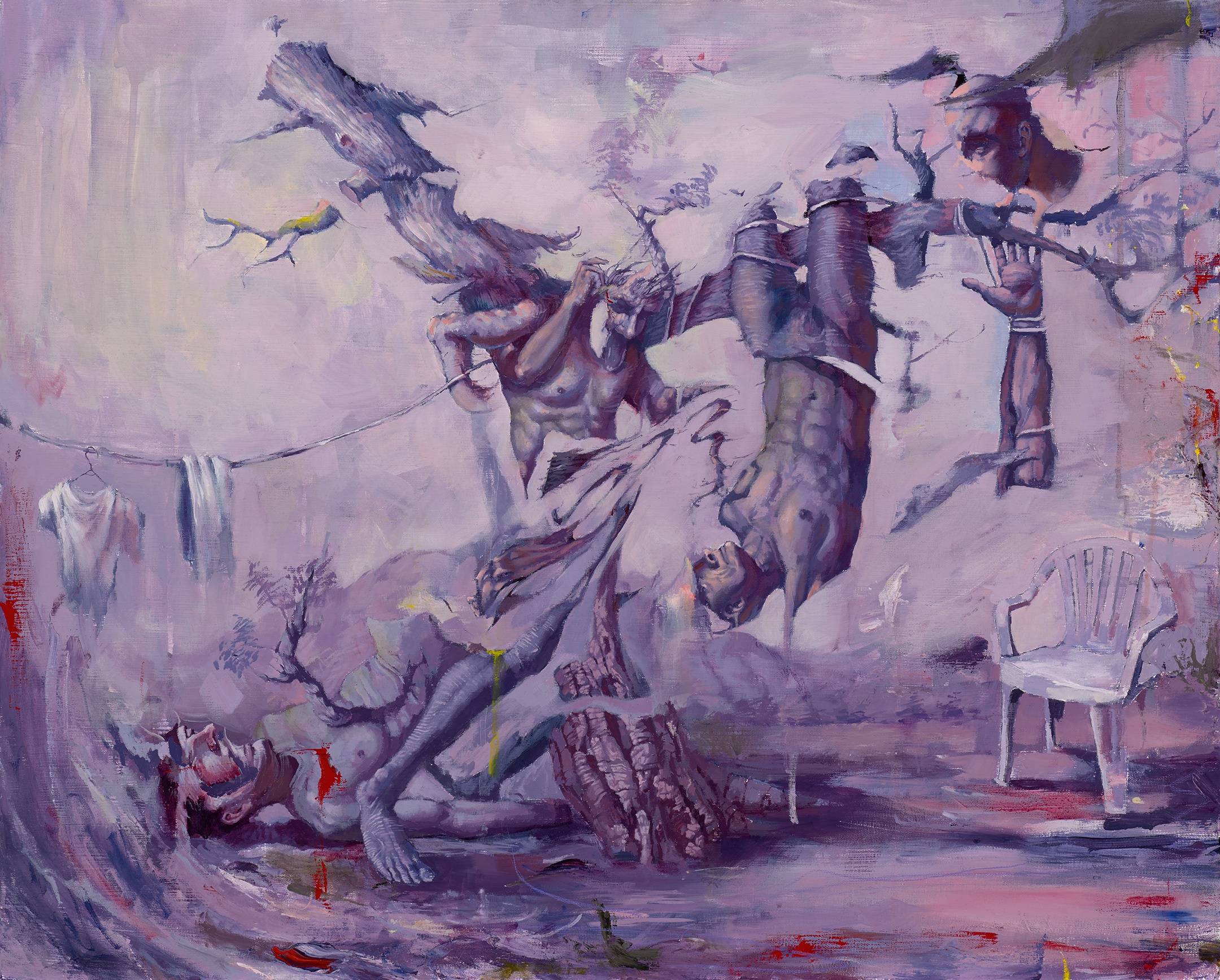
– Based on Goya’s “Grande Hazaña con Muertos”.
#zachmendoza
#bukowski
#chekhov
#marktwain
#goya
#art
#juxtapoz
#hi-fructose
